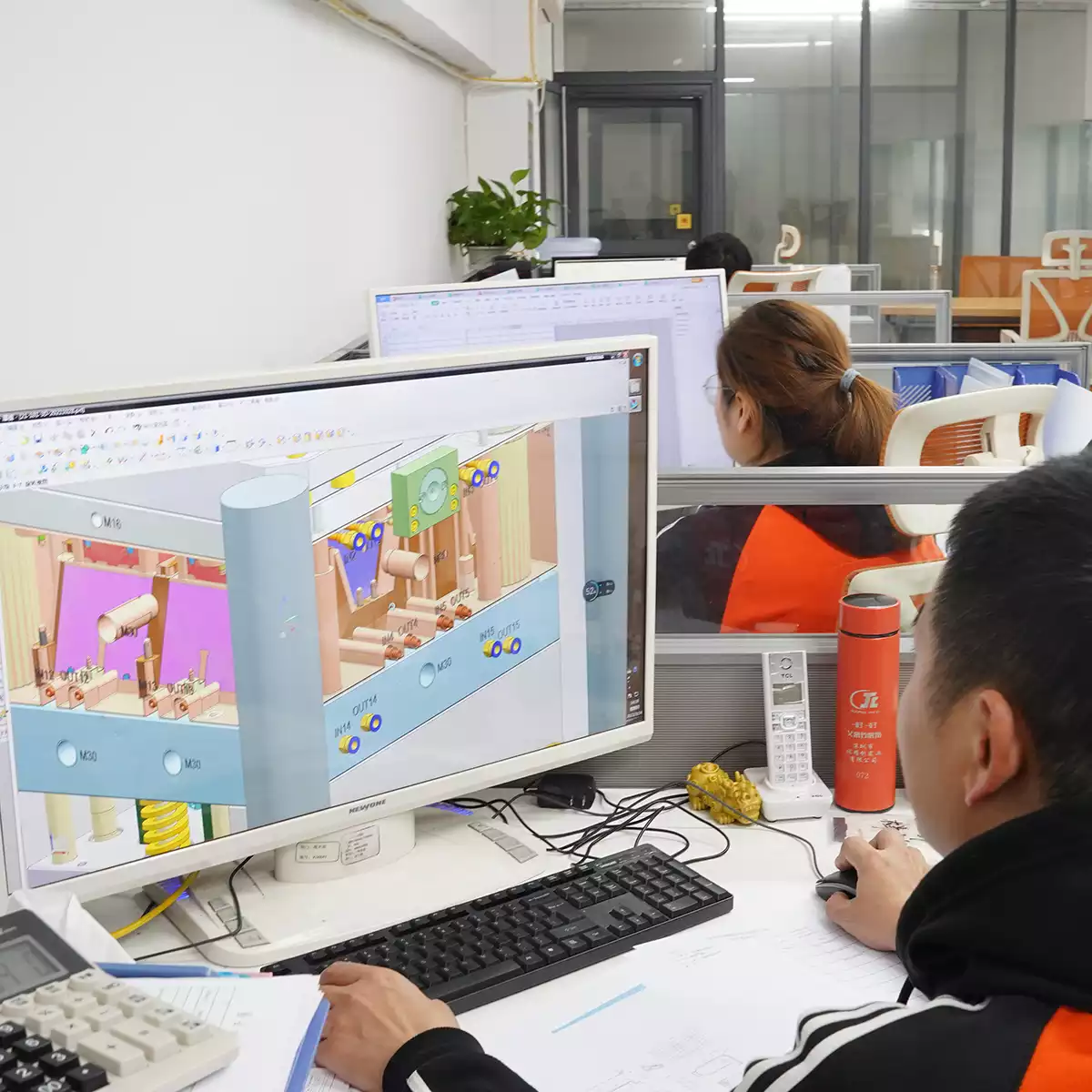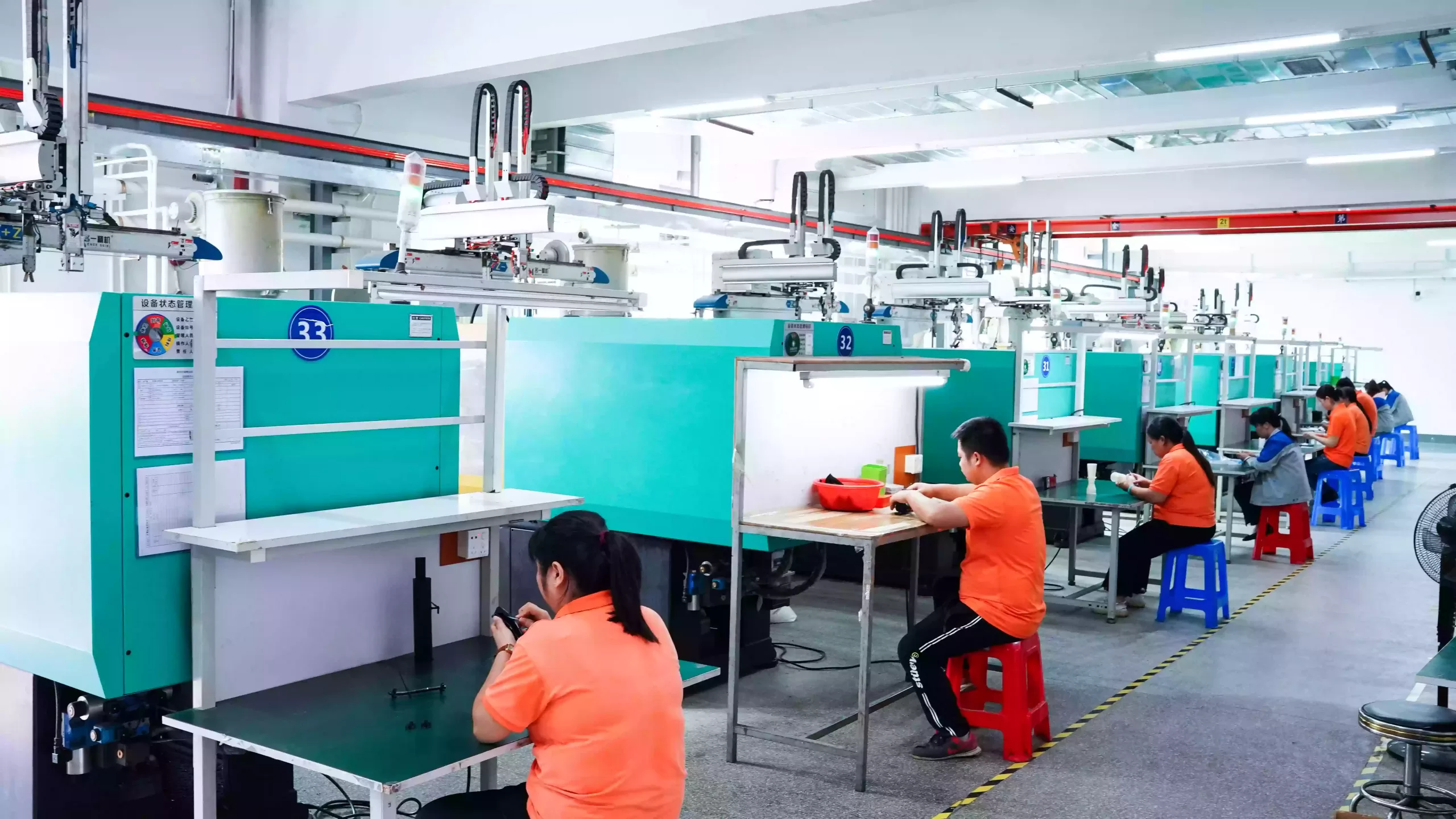Mold & Die Making
RJCmold uses top-of-the-line CAD programs to design precision molds, dies and tooling for manufacturers around the world. Our expert engineers fabricate molds using 5-axis and EDM machining to accurately build the smallest of molds. Our experienced CNC operators are the reason why manufacturers and engineers trust us to make the perfect mold.
Mold/die making refers to the manufacturing of plastic and metal molds used in injection molding processes to mass-produce parts, pieces, or goods. Our engineers will choose the correct material for the mold based on its intended application. Plastic molds are commonly used with softer materials and for short production runs. Metal molds made out of iron, aluminum and other alloys have the durability to last for long product runs.
All of our molds are custom-made due to each mold being intricately designed to precise dimensions for the end product. Many dies are machined so precisely that they have a tolerance of less than one-thousandth of an inch. Our 5-axis machine cuts across X, Y and Z axes along with rotating on the A and B axes. 5-axis CNC machining enables us to do the most complicated mold designs for our clients.
Mold Tool Production
At RJC, we make great tools for low-volume manufacturing. When making your mold tool we use pre-hardened tool steels such as P20 and NAK-80 and fully-hardened S136 tool steel. The material used will depend on your specifications, the type of raw materials that RJC uses, and the number of parts you want to produce. Such as PP , PP+GF(20%/30%),ABS , PC/ABS , PC,PA66 ,POM,PA66+GF( 20%/30%/40%),PPA, PPS,TPE , TPU , TPV etc……
CNC Machining Is Great To Meet A Range Of Workpiece Which Can Cover Mold/Tooling Design Of Your Product Development Needs. Here Are Some Of The Benefits Of Precision Machining:
• Quick removal of large amounts of metal material
• Highly accurate and repeatable
• Suitable for many different kinds of substrates
• Low investment in tooling or preparation costs
• Economical
• Fast turnaround
Mould making with competitive price
The cost of our precision CNC machined molds is very competitive for short run and prototype applications. Our process is very fast, affordable, and uses the correct materials expected in the final production component. Our pricing and delivery times are very attractive. This allows our customers to bring their products to market faster and at a lower cost, and more importantly, it gives customers in rapidly changing markets more time and flexibility to make production decisions based on market demand Tooling and engineering changes.
Types of Molds We are Offering
Mold Design Process
To satisfy the requirements of the customers, RJCmold designs and manufactures the molded parts under the considerable analysis and strict molding process.
Step 1: Analyze the product drawings
Step 2: Create the Design for Manufacturing (DFM) report
Step 3: Made the mold flow analysis
Step 4: Design tooling drawings
Step 5: Mold making
To satisfy the requirements of the customers, RJCmold designs and manufactures the molded parts under the considerable analysis and strict molding process.
Step 1: Analyze the product drawings
Step 2: Create the Design for Manufacturing (DFM) report
Step 3: Made the mold flow analysis
Step 4: Design tooling drawings
Step 5: Mold making

Full Service Mold Making Department
- Comprehensive mold management
- Full Service Mold Maintenance
- Quick mold enhancements completed in house
- Build fixtures and gages for consistent quality parts
- Mold capabilities include CNC 3D Machining, EDM, polishing and texturing.
- Hard and soft tooling
- Tool history documentation
- Various frames and configurable molds
- Correct issues with gating, venting and cooling
- Complete refurbishments
- Inspection fixtures are engineered and built in house

Expert manufacturability analysis.
Commonly known as DFM and moldflow analysis, our team of engineers perform expert manufacturability analysis on your injection molded parts at no charge. As a result, we have netted savings to our customers of up to 50% reduction in manufacturing costs!.
Design for Manufacturability (DFM), or more specifically analysis of a part design for its suitability to being injection molded, is performed to achieve the following:
- Minimize Tooling Costs
- Reduce Design Changes
- Expedite the Manufacturing Process
- Ensure Part Quality
RJC performs a manufacturability analysis on each injection molding project.
Upon receiving a quote request and an appropriate 3D design file, we will perform an initial analysis to ensure that the requested component is an appropriate candidate for injection molding.
Our objective is to produce the component closest to the original design intent. However, modifications are needed to accommodate the fundamental requirements of good injection molding practice in some instances.
In these cases, we discuss with clients suggested improvements to the design or measures we may need to take in the production process before initiating the mold production process to save our customers by minimizing tooling costs and design changes upfront and reducing overall project time.
RJC DFM and Mold Flow Analysis Example: Mold Flow Analysis
Our Advantages of Mold Making Services
RJC is an experienced provider of mold making services with lots to offer beyond our competitors:
1. Fast DFM reports
Although we check your design feasibility when providing a quote, we can provide a fast and thorough DFM (design for manufacturability) report before production begins. In the DFM report, we’ll identify any errors or issues that might cause a manufacturing problem down the line.
2. Wide range of molds
We offer several different types of molds, which means you can avoid splitting your projects; just send everything to us to ensure your project runs smoothly.
3. Fast Turnaround
Our large facility and machining capabilities allow us to build molds quickly, whatever the application or material, which means you can get your moldings completed faster.
4. Molding Capabilities
RJC can ship your molds to you directly, but we can also handle injection molding and other production services to deliver you prototypes and final parts using those molds.
No middle-man injection molding contract manufacturing
Committed to providing excellent solutions for injection molds and injection molded plastic components, to enhance the safety, reliability, and environmental sustainability of production. From the parts design to prototypes and product assembly, RJCmold offers comprehensive technical support and services to our customers. Our expertise extends beyond just mold-making, as we also provide production of plastic products, surface treatment of products, part assembly, and custom packaging. By offering these services under one roof, we are able to significantly shorten the lead time and reduce the development costs for our customers.

Ready To Start Your Next Project?
Bring your project to life at advanced prototype molding
Whether you need a rapid mold prototype or a finished production run, RJCmold has the skills and experience to guarantee superior results. We offer specialty tooling, custom casts, and full production runs for all manner of rubber, metal, and plastic products, and we strive to meet the needs of clients across industries. To learn more about whether our capabilities are right for you, contact our team, or request a quote to get started.

